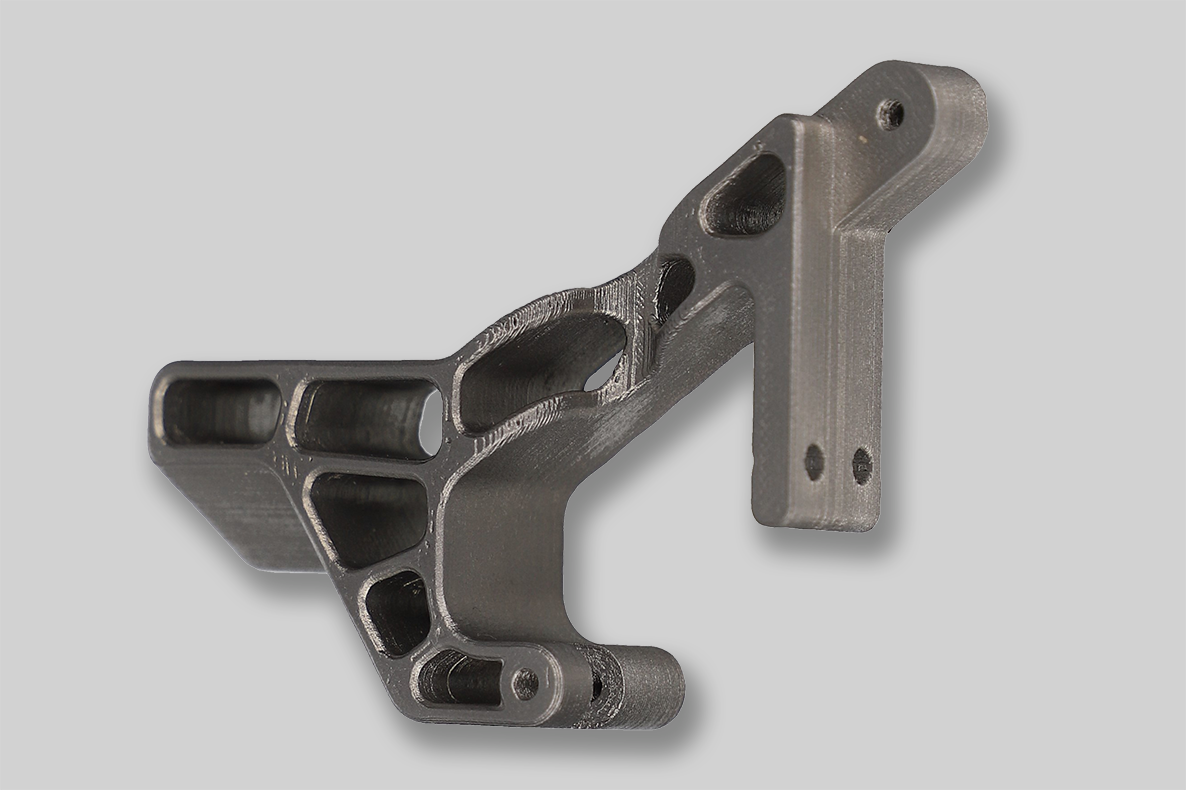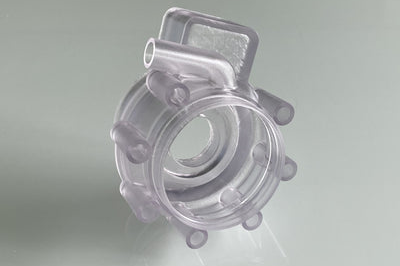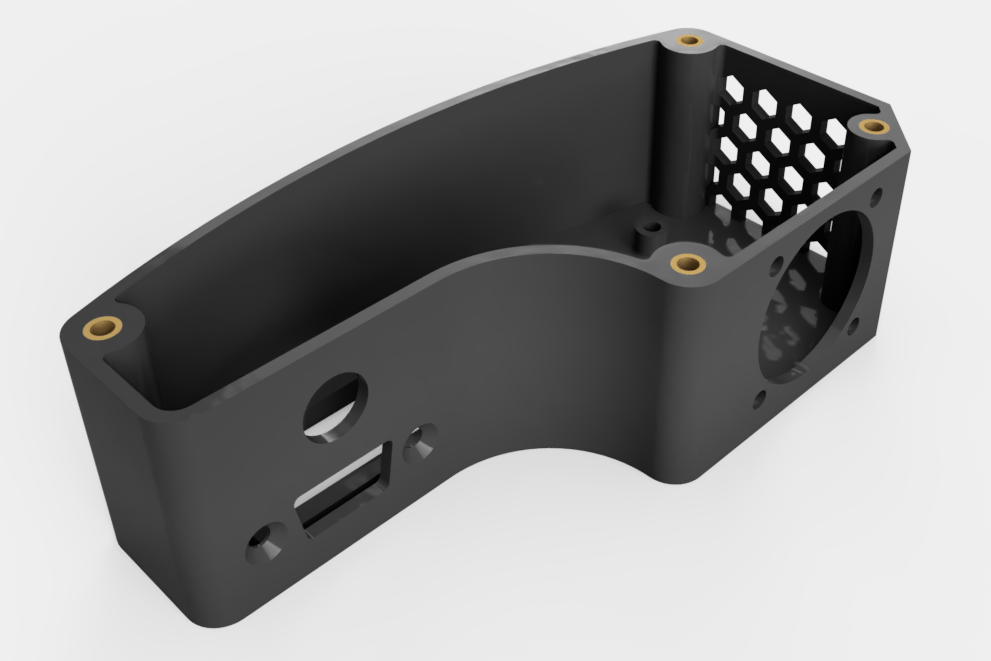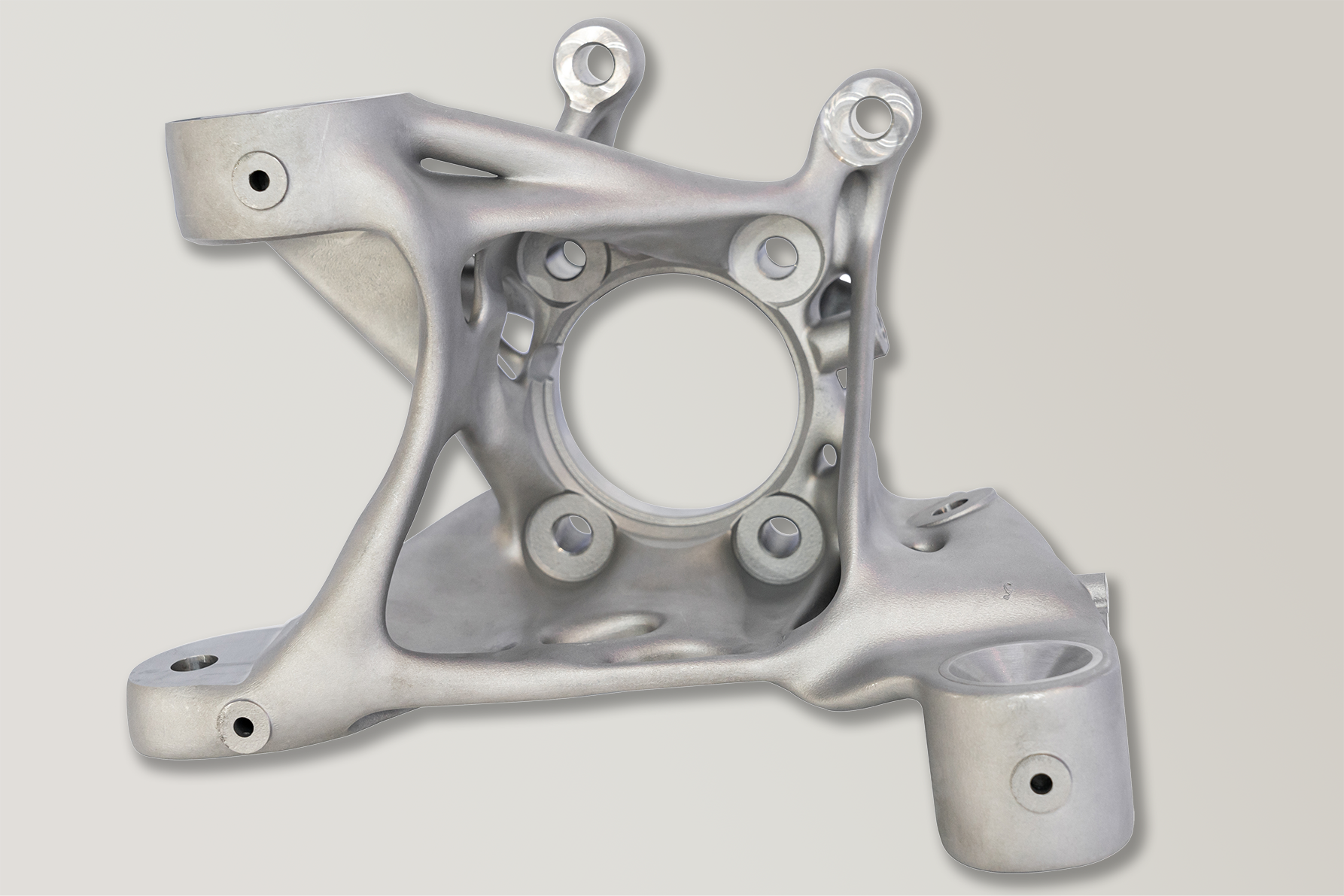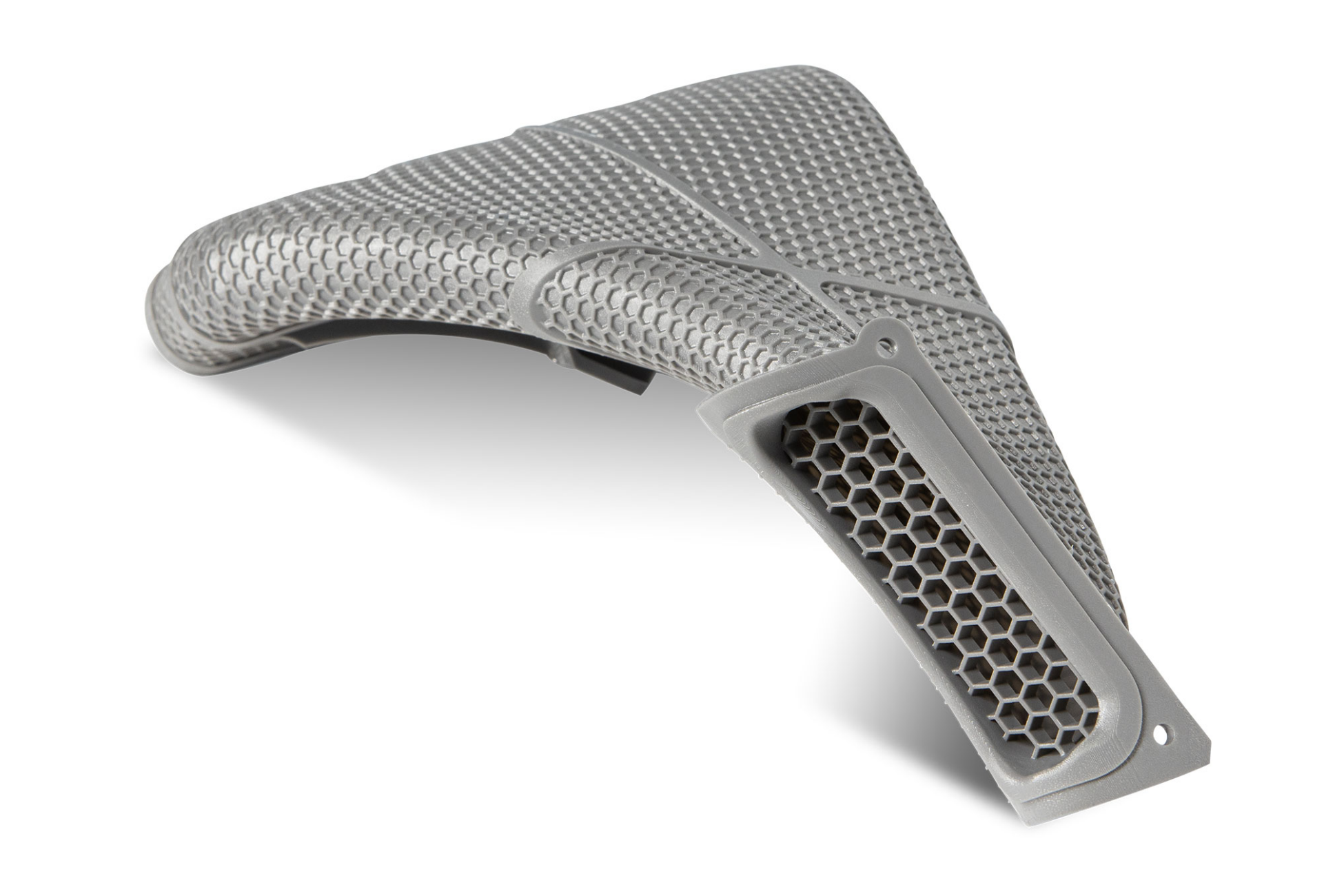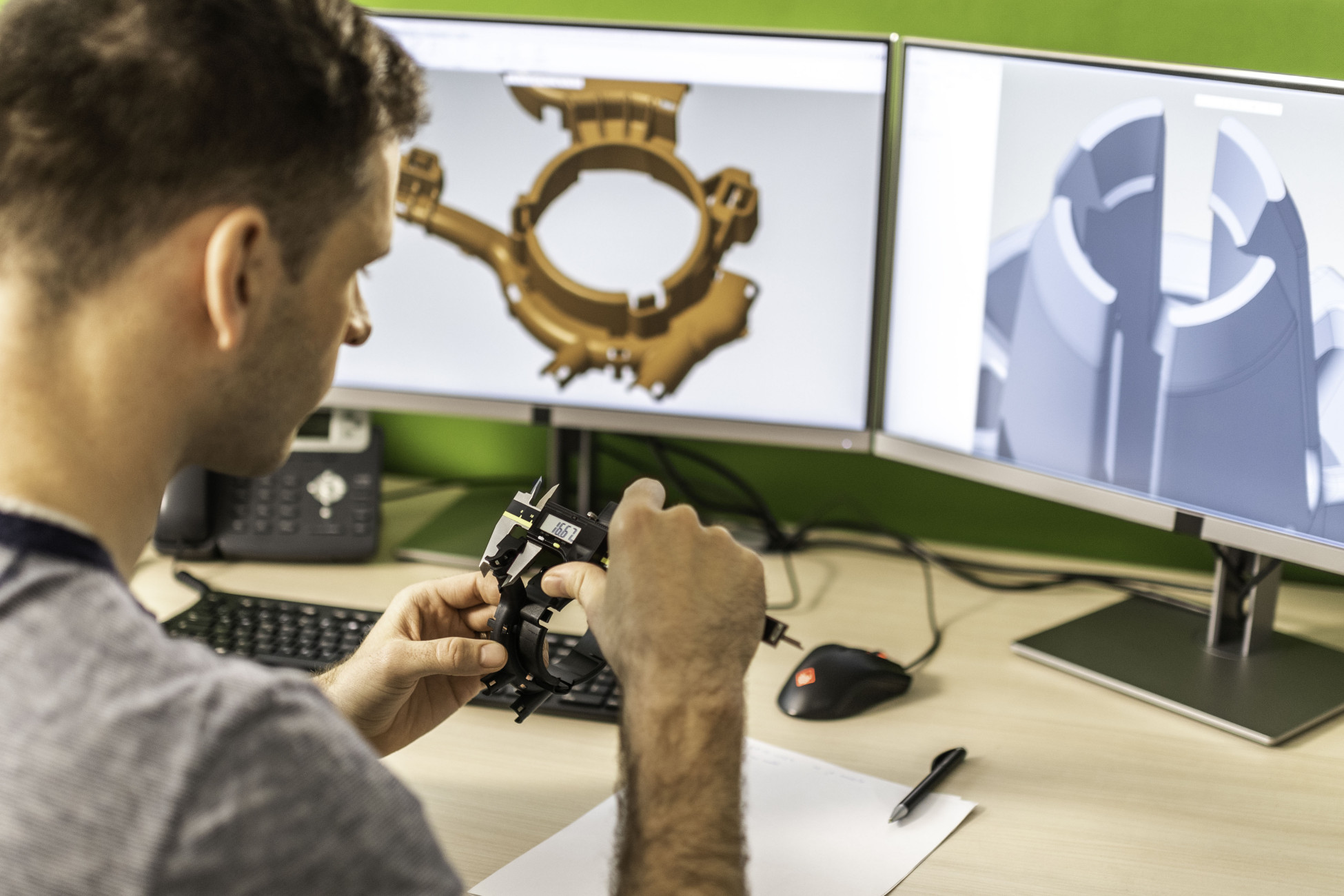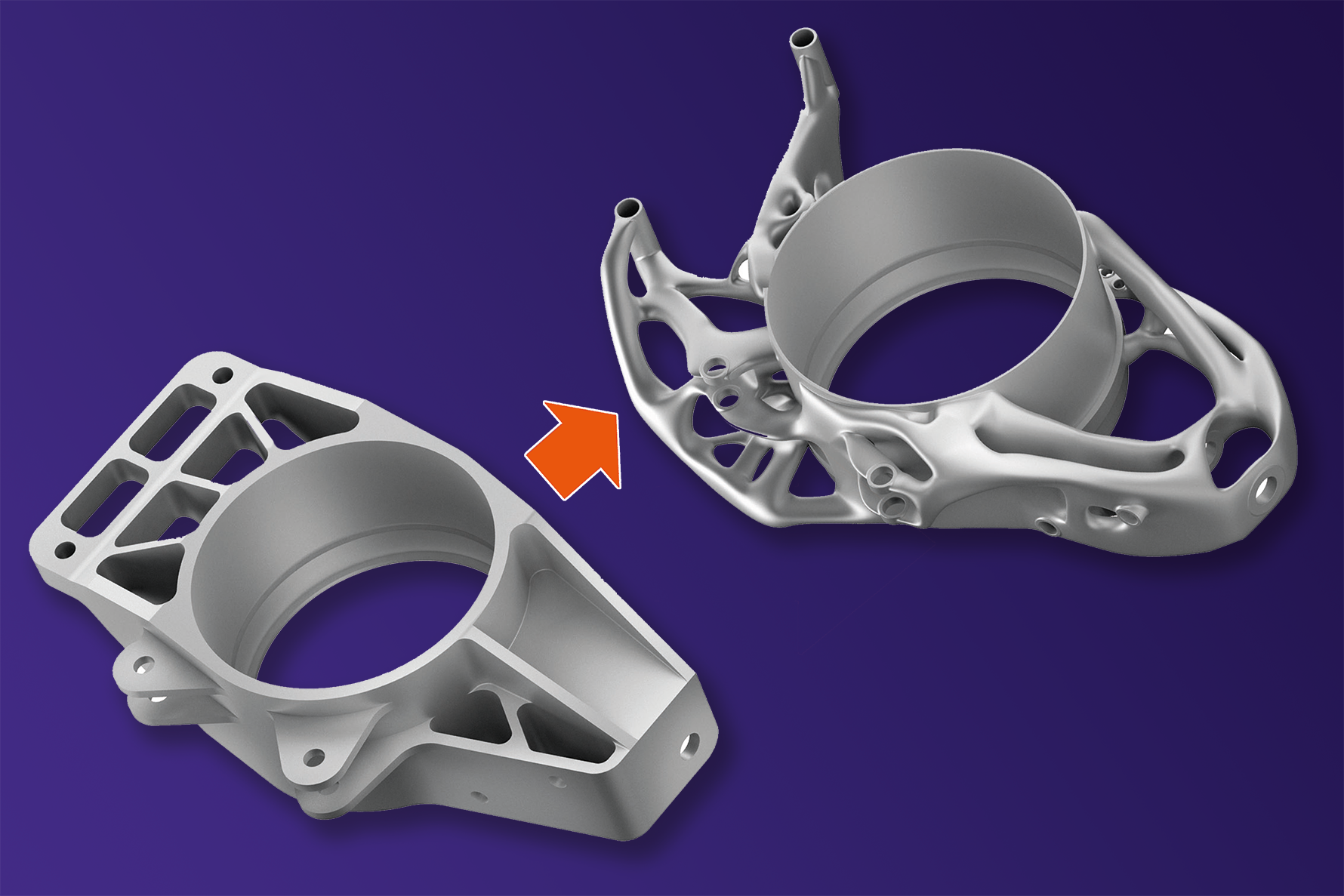Conclusion: Whether a 3D scan is worthwhile, or reverse engineering, is highly dependent on the component.
Transferring physical objects from the real world into a 3D-printed model: 3D scanners enable numerous applications for additive manufacturing. Using different technical approaches, the objects are measured, transferred into point clouds and then converted into 3D printed data by special software. However, the process is time-consuming and labor-intensive, so the method is not always economical. For simple components in particular, reverse engineering is recommended as an alternative, in which the dimensions of the master model are taken using calipers and then transferred to a model in CAD software.
We would be happy to find out for you whether a scan or reverse engineering is more suitable for your individual component. For this purpose, please send us an "individual inquiry" on one of the stores, attach a photo of your component and inform us about the later field of application. In addition, please include all important information, such as tolerance values, etc. We will be happy to advise you in order to find the optimal solution for your project.
We are already looking forward to your inquiry!
Your Jellypipe Team




